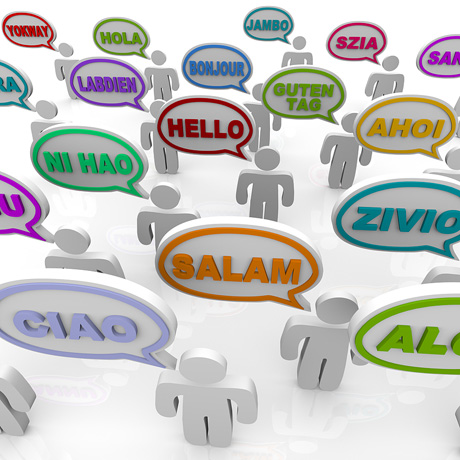
By Leeanne Root: April 23, 2012
This app is currently available in the iTunes store. It is based around 4 different languages: Diné, Lakota, Mvskoke and Ponca. There are up to 14 different animals in each language where it shows how to say the animal in English and the language desired. There is even a way to hear the word in the Native language, to make sure you are saying it correctly. The app has great potential to be an amazing thing to help children learn their Native language in this rapidly fast growing technology market. Apparently the app is meant to target younger children because of the attachment to animals, but it has been met with some resentment by people who have bought it.
“14 animals and that’s your app? Come on, do these languages some justice.”
The app is said that it needs room for improvement and that this was just a starting point. I understand how this can be a starting point, but I think I would have developed it more before sending it out into a raging public. I check the app on iTunes and it has some terrible rating and some horrible comments about the app in general. The Lakota is apparently extremely messed up and everyone is saying that the words are incorrect for the pictures. I guess that is what happens when you put out an app and people are able to comment on it anonymously. They are beyond evil with what they say. The woman that helped create the app learned Lakota from her great grandfather and grandmother, but apparently she didn't learn it correctly or her grandparents taught her a different way of speaking. Even with all the problems that this app has been having I understand why it was put out in the first place. It is a way to save a culture and a language, especially with how fast technology is evolving. It can reach a larger number of people in a shorter time period and help people reconnect with their culture. I like where this idea is going and it has helped some people, maybe? I would like to track the app and see how is ends up at the end...or even if it reaches it's full potential. I don't know if I would spend the 2 dollars on it right now.


















